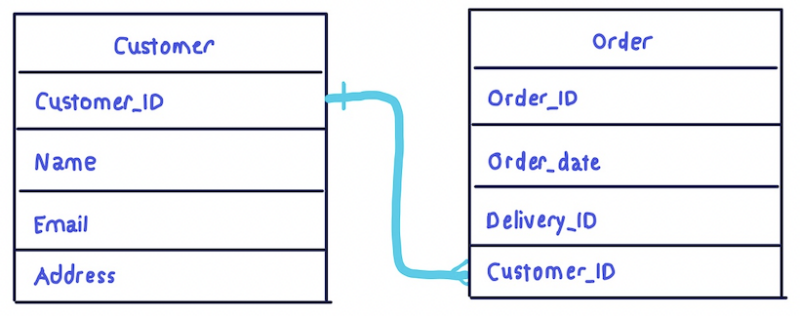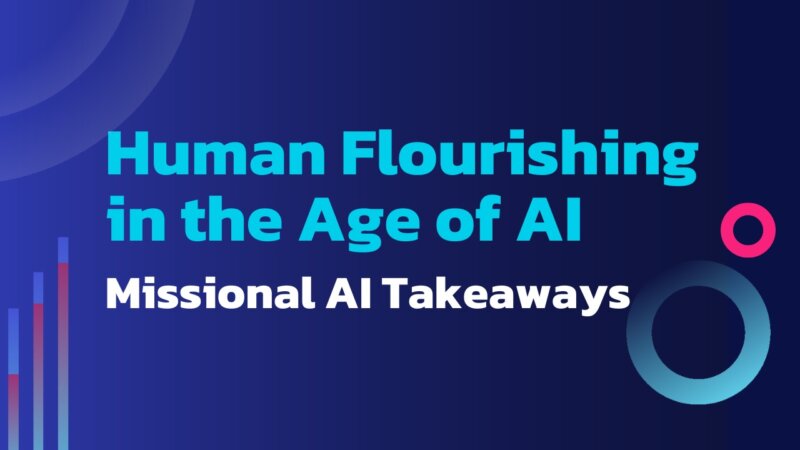
Newsletters
The Benefits of Creating an Independent Data Model
Analytics Advantage is a weekly newsletter of actionable insights, proven strategies, and top tips for getting the most from your data and making high-stakes decisions with confidence. Here’s a sample. We hope you’ll subscribe.
***
What’s the one constant we see in the world? Change.
Whether you’re in marketing, finance, or another field, how you model your business processes is highly customizable.
Because, here’s the thing: data is always an approximation of reality. It’s never perfect. It’s never complete. That’s why every decision rooted in data always requires judgment.
And yet, most of us rely on external influences—vendors, third-party data, or other departments—to design parts of our data ecosystem. This means there’s some part of our data design that’s beyond our control.
But you don’t have to build your world around someone else’s idea of how to model a business process.
Let’s see how defining your own data model provides you and your team with the stability you desire.
What is Data Modeling?
Data modeling is the art of turning the analog–things which are inherently not digital–into something which a computer or database can store.
A data model is like a blueprint—a structured plan for translating business processes into a database that can store and organize information for efficient retrieval.
But creating a data model starts with understanding of how a process functions in the real world. It’s only from this that you can start to translate the real world into a model.
At a basic level, a data model is made up of three key components:
- Tables: Think of spreadsheets. They organize data into rows and columns, with each table representing a specific type of data.
- Columns: These are details about each item in the table. In a “customers” table, columns might include “name,” “email,” “phone number,” and so on.
- Relationships: This is how tables are connected. A “customers” table might link to an “orders” table to show which customers made purchases.

Why Should You Create an Independent Data Model?
Here’s a pattern I see all too often: An organization has a stream of data that’s critical to their work. They build their data model directly around this input, treating it as the foundation for their processes.
But then, one day, that input changes dramatically. Suddenly, the team must rewrite its entire data pipeline and processing steps because of a decision it had zero control over.
There’s a better way.
Take the same situation, but in this case, the team took the time to define its own data model. While it still depends on the input data, the team’s pipeline and processing steps are based on its interpretation of the business process, not the quirks of the input.
When the input changes, the team doesn’t have to overhaul everything. Instead, it simply adjusts the translation step between the input and the model, leaving the rest of its process intact.
What Benefits Do You Get from an Independent Data Model?
Stability is just the start. Building your own data model comes with a host of other significant advantages:
- A Perfect Fit: Why settle for a one-size-fits-all approach? With an independent data model, you can tailor every detail to fit your unique business processes. No compromises, no awkward workarounds—just a system that works for you.
- Control: When you define your own model, you hold the reins. No external vendor or department dictates how you analyze your data. The insights and decisions stay in your hands, where they belong.
- Resilience: Change is inevitable, but your model doesn’t have to crumble every time something shifts. By designing a system grounded in your business’s reality, you’re prepared to adapt and thrive—even when external factors throw you a curveball.
Closing Thoughts
Teams with higher data maturity build their own data models—they don’t let vendors or external partners dictate the core of their data structure. Transitioning to a new data model takes time, often years, to fully understand and leverage. With that in mind, it only makes sense to control as much as possible—especially your data model.
Thanks for joining us for another Analytics Advantage. Stay tuned for more insights that can help you build a smarter, more resilient data strategy.
A Programming Note
No one should be reading work emails during Thanksgiving week. No Analytics Advantage next week. Enjoy your family and friends. Reflect on all we have and are grateful for.
I’m grateful for every one of you who read my rantings and ravings about data each week.
Catch you on the flip side.
Shaun
Shaun Davis, your personal data therapist, understands your unique challenges and helps you navigate through the data maze. With keen insight, he discerns the signal from the noise, tenaciously finding the right solutions to guide you through the ever-growing data landscape. Shaun has partnered for 10 years with top data teams to turn their data into profitable and efficiency hunting action. Learn more about Shaun.





